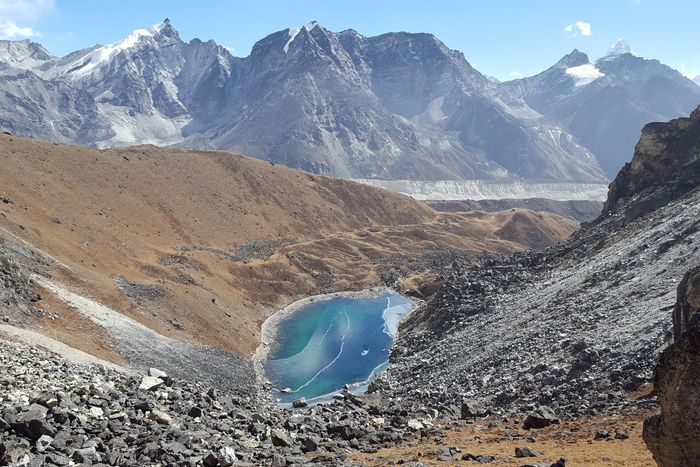Himalayan glaciers are melting at an extraordinary rate, with new research showing that the vast ice sheets there shrank 10 times faster in the past 40 years than in the last seven centuries.
According to the researchers, avalanches, floods and other effects of accelerating ice loss in India, Nepal and Bhutan threaten to disrupt the agriculture of hundreds of millions of people. across South Asia. And since water from melting glaciers contributes to rising sea levels, the loss of Himalayan ice also adds to the risk of flooding and related problems facing coastal communities around the world. face to face.
“This part of the world is changing,” said Jonathan Carrivick, a University of Leeds glaciologist and co-author of a paper detailing the research published Monday in the journal Scientific Reports. faster than anyone realizes. “It’s not just the Himalayas that are changing very quickly, it’s that they are changing faster than ever.”
Scientists have long observed ice loss from major glaciers in New Zealand, Greenland, Patagonia and other regions of the world. But the loss of ice in the Himalayas is particularly rapid, new research shows. The researchers did not specify the reason but note that regional climatic factors, such as the variability of the South Asian monsoon, may play a role.
The new finding comes as there is a scientific consensus that the loss of ice from glaciers and polar ice sheets is due to rising global temperatures due to greenhouse gas emissions from burning fossil fuels jelly.

